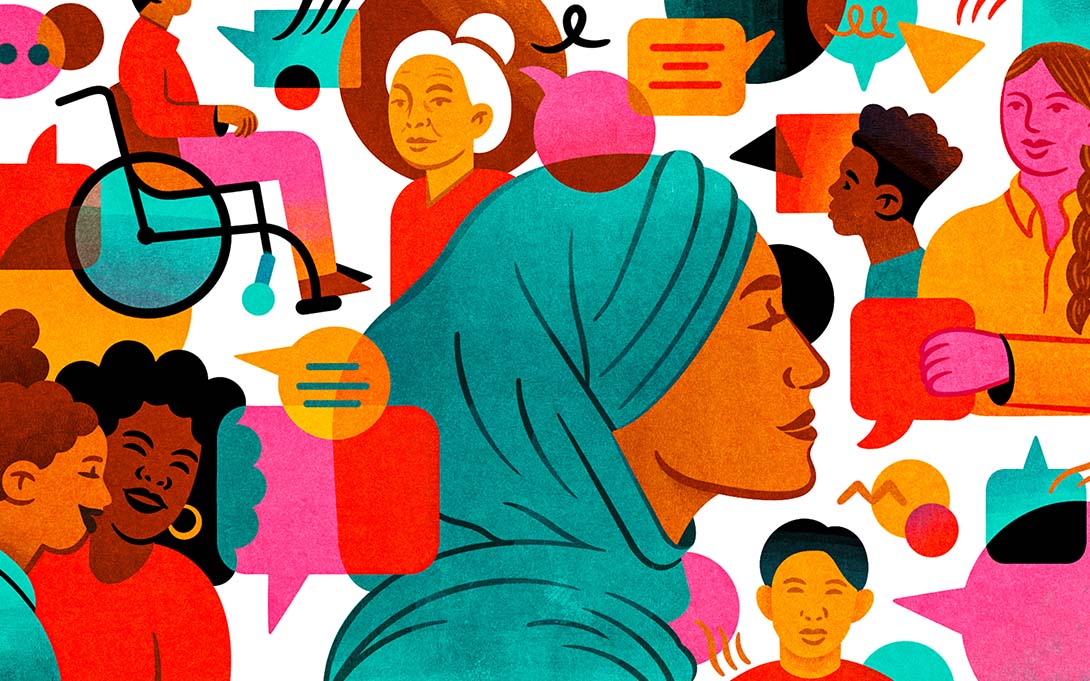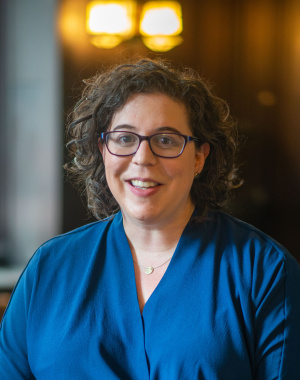
Innovation that benefits society
Inclusive innovation—the idea of introducing technologies designed for and by the poor to boost economic growth in impoverished communities—often misses the real problems facing these communities and champions solutions that benefit entrepreneurs at the expense of local cultural values.
That’s the argument made by Shobita Parthasarathy, a professor of public policy and director of the Science, Technology, and Public Policy program, in two recent papers on inclusive innovation.
In both papers, Parthasarathy uses a prominent case study of menstrual hygiene management in India, in which Arunachalam Muruganantham, now a famous social entrepreneur, invented a low-cost sanitary padmaking machine to manufacture sanitary pads for less than a third of the cost of commercial pads.
Muruganantham’s innovation spread throughout India and was lauded across the globe. But his approach might not have been the best one for women and girls in India, Parthasarathy argues. First, the problem of menstrual hygiene management was only identified as a serious problem for women and girls in low-income countries within the past 20 years—and likely from public health surveys oriented toward western cultural values. Then global attention to this problem was elevated by potential technological solutions, she said.
There are plenty of challenges to Muruganantham’s invention, including poor functioning due to use of lower quality materials than commercially available pads, sanitation problems due to lack of fully equipped waste disposal systems in many towns and villages, and poor reliability of the manufacturing equipment.
“For me,” Parthasarathy said, “the biggest takeaway is how this technology transformed what we understood a social problem to be. The availability of this technology made it look like an easy solution to a problem that isn’t clearly there.”
“The goal of my policy work is to move societies beyond solutions that are mediated or prescribed by the market, and toward social equity and justice solutions that actually serve people,” she said. “I want to make sure innovation really is benefiting society, and especially the most marginalized communities.”
Read "A Tale of Two Perspectives on Innovation and Global Equity," in Engaging Science Technology and Society, December 2023. Adapted from a story by Sherri Hall.
Thirty years of charter schools
Some charter schools in urban areas can dramatically improve student achievement, especially among disadvantaged students, says economist Sarah Cohodes, who joined the Ford School faculty in 2023.
Cohodes and colleague Susha Roy of the RAND Corporation analyzed 40 previous charter school studies that used admission lotteries to compare similar students who did or did not enroll.
On average, their review found that urban charter schools following a high academic and behavioral approach produced substantial gains in standardized test scores and college enrollment. Such schools emphasize stricter discipline, extended learning time, and high achievement expectations.
“We can think of the individual charters and charter management organizations with big impacts on student trajectories as existence proofs: These are school models that can change young people’s lives,” Cohodes said.
Past studies took place in large cities in a handful of states, relying largely on older data, prior to 2016. While not nationally representative, the schools studied serve as proof that similar models could drive success elsewhere.
By correlating impacts with school features, the studies analyzed by Cohodes and Roy identified likely drivers of success: extended learning time, tutoring, strong school culture, teacher quality, data-driven instruction, and school leadership.
Despite significant data constraints, the researchers believe there is an opportunity for policymakers to expand the application of proven charter school practices within public schools by undertaking more targeted research on what drives high performance.
They also say that further investigation into these areas could solidify the foundation of knowledge for making informed educational policy decisions, benefiting not only charter schools but the entire education sector.
Read "Thirty Years of Charter Schools: What Does Lottery-Based Research Tell Us?," in Blueprint Labs, November 2023. Adapted from a story written by Juan Ochoa, Michigan News.
Policing a neurodiverse world
When responding to calls related to mental health crises, police should work to change the environments where people with psychiatric disabilities live and work, rather than simply connecting them with medical intervention.
Professor David Thacher makes this argument in a new paper published in Policing: A Journal of Policy and Practice.
Thacher asserts that models that only train officers to recognize and manage signs of mental illness miss the opportunity to address more widespread problems in the community’s capacity to support people with psychiatric and cognitive disabilities.
Thacher suggests that the social model of psychiatric disability—which calls on society to better accommodate people with mental and cognitive disabilities—can help police departments think more broadly about this important part of their work.
“If you think about why psychiatric disability leads to the kinds of conflicts or crises that lead someone to call the police, it’s often something about the social institution or community environment,” he explained.
Thacher presents an example of a police department in Durham County, England, that over time identified crucial institutional failures within a local facility that housed two dozen people with psychiatric and cognitive disabilities. As a result, the company that owned the facility fired the manager and hired someone with extensive mental health experience. The new manager relocated a few high-needs residents to other facilities that could more adequately meet their needs and improved conflict-management training for staff. Police calls from the facility fell by more than 80% after these changes.
“By virtue of the work they do, police end up being in touch with how institutional practices are working, and how they are not working,” he said. “Police often know before anyone else in a community about those problems.”
Read "Policing a neurodiverse world" in Policing: A Journal of Policy and Practice, February 2024. Adapted from a story by Sheri Hall.
More in State & Hill
Below, find the full, formatted spring 2024 edition of State & Hill. Click here to return to the spring 2024 S&H homepage.


